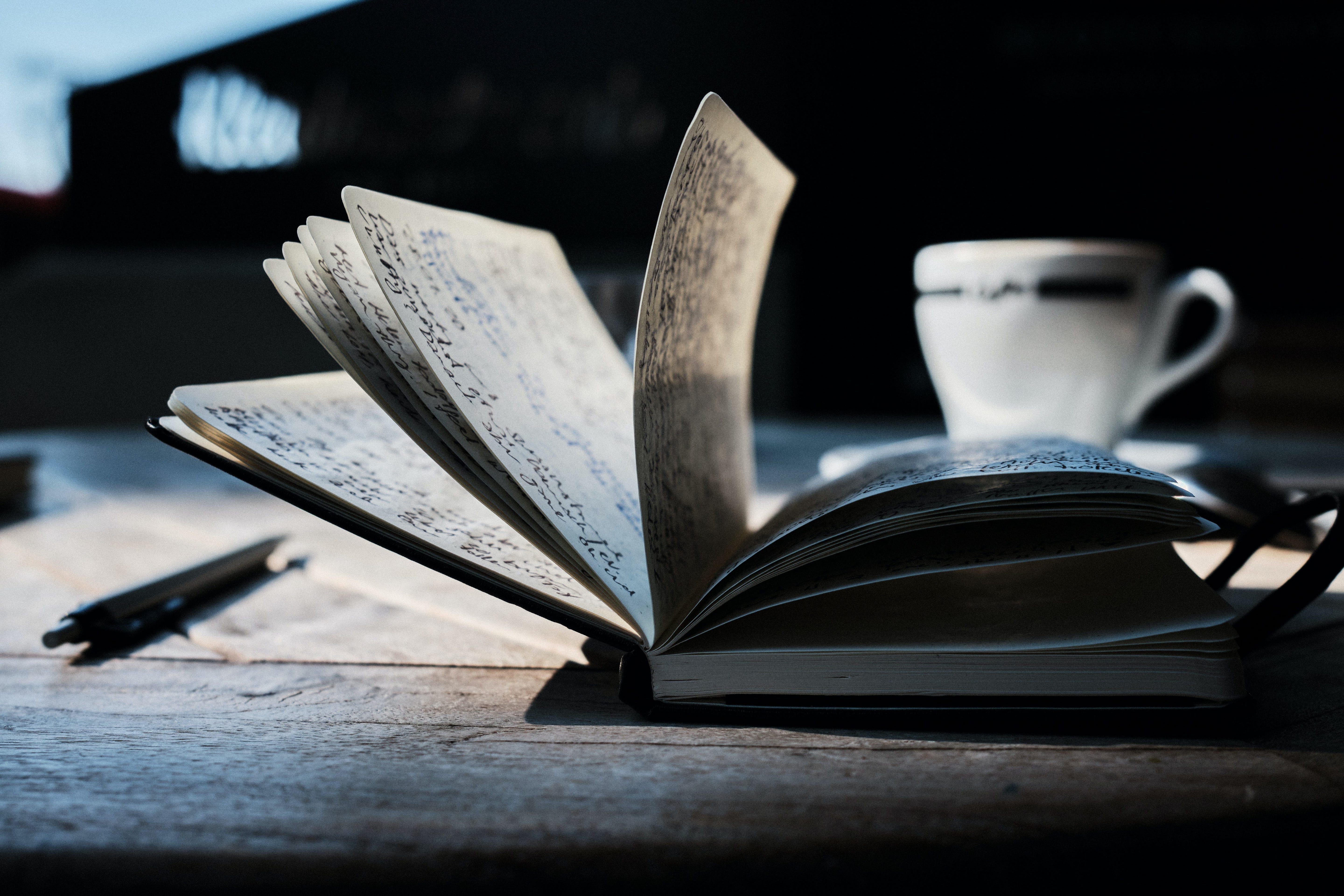
“How to make money as a writer” stuff isn’t my shtick, but occasionally, I like to give other writers a peek behind the scenes, so they can see my process. 1 I think transparency is a very good thing and maybe these might be helpful to someone.
The topics of the day have to do with things apart from just writing. Writing is so much more than writing. It’s editing, it’s organization, it’s understanding, etc. There’s so much “how to write better” stuff out there and next to nothing talking about the writing stuff that isn’t writing. Today, let’s start with the drafting process.
Several Drafts Make All the Difference
These are two versions of the same article.
I wrote the first (on the right), then stepped away for a few hours (overnight) when I was finished. I came back and read it the next day to see if it was up to par. It was good, very good in fact, but my readers deserve better than “good.” 2
So, I opened up a tab in the next window and wrote it again. I put DRAFT before the title, so I don’t accidentally publish the wrong one down the road. Using this side-by-side view, I’m able to take the absolute best parts from the first draft and copy them as I touch on those themes writing the second version.
Some articles might need only a bit of editing. Not all articles need to be written several times. But don’t be afraid of the complete rewrite, even if it’s painful to throw away so much hard work. You’ll get used to it. It’s better to take the extra time to rewrite something entirely than to publish something lackluster.
If you'd like, you can check out that article here to see how it turned out:
Some of my articles have had five, six, seven, etc. iterations before I got it right. 3 There’s this idea that great writers can just sit down and have an article done in an hour. I’ve almost never been able to do that. I care deeply about quality control, especially in the age of AI slop and unsubstantiated noise.
Constant and relentless quality control pays off.
Utilize the Different Strengths of Different Apps
I use different apps with different strengths and weaknesses. One app I use allows me to grab whole paragraphs and slide them up or down to reorganize them. This is great for plot construction and making sure the piece flows as a cohesive whole; it’s excellent for arrangement, as the order I write each section or paragraph in isn’t necessarily the best order for the reader to read it in.
Here’s a photo I took five or six years ago of my drafting apps to show a friend part of my writing process. I would come up with ideas in Microsoft To-Do and Google Keep, draft in To-Do, touch it up on OneNote, then write the final draft again in the browser with my notes handy.
Each had their perks, at the time. To-Do allowed me to create lists within lists. This made it so I could come up with an idea, list the main bullet points, and, if needed, create a list of “possibles”—ideas that could possibly be written about in each bullet-pointed section. With Keep, I could easily drag-and-drop and re-arrange subjects depending on what I wanted to discuss at the time.
Arrangement is Essential
Today, I’ve obviously moved passed these old apps and on to better apps. With the rise of AI, I do all of my writing in the browser because there’s a trail of revisions, each update I made to the draft as I went along. It’s the adult writer equivalent of “proving my work” in math class by showing the equation written out (to prove I didn’t just use a calculator). But, after the first draft is written, I’ll often copy the whole thing and move it into another app (the app that allows me to drag and rearrange paragraphs and whole sections with ease). This helps me get an idea of what would flow best.
Then I make the necessary adjustments to the copy in the browser.
It’s essential to have a well-arranged article that flows. There is a lot of writing out there that just fact-dumps on readers and doesn’t tell a story, it doesn’t take the reader on a trip, it’s just a bunch of facts akin to a Wikipedia page, but with less narrative. ChatGPT can create pretty words, but it can’t craft a damn-good narrative. Use this to your advantage. Play around with the narrative. Experiment. Do unusual things and see what works.
Read, Read, Read
Reading is essential to my process. Some writers say they can write well without reading, but for me, it’s essential. Over the years, writers have come to me asking, “I want to get started writing, but I have writer’s block. What do I do?” I’ve always answered with the same thing, “Don’t write if you have nothing to say.”
Both living and reading are the cures to things like writer’s block. It’s easy to get swept up in hopping online, reading the chaos that’s unfolding in our feeds, and then writing about that. It’s great for talking about current events—but there are a lot of people doing that. Reading a lot offline helps me find interesting things to talk about that everyone else isn’t talking about. And I read a lot offline:
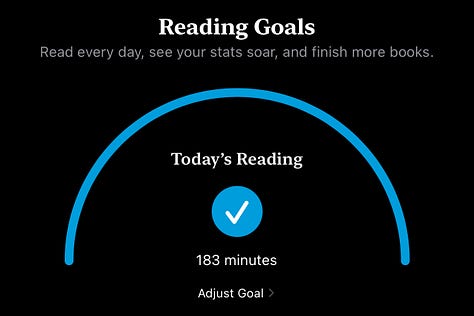

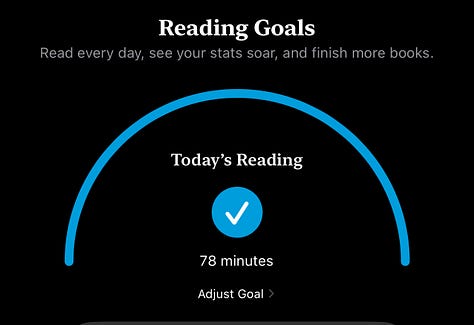



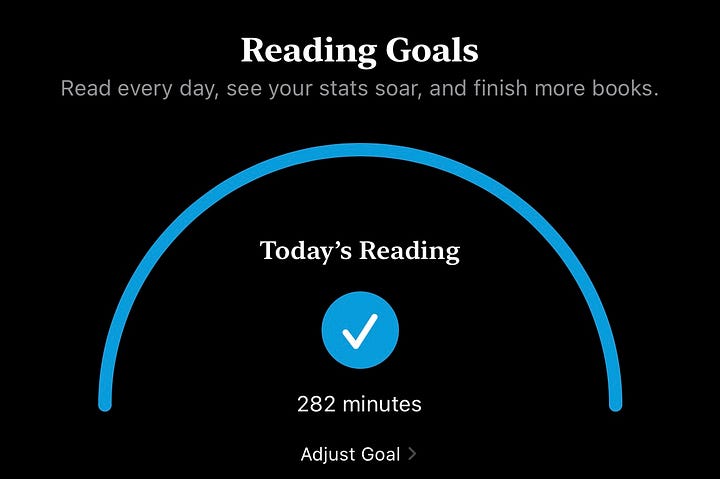
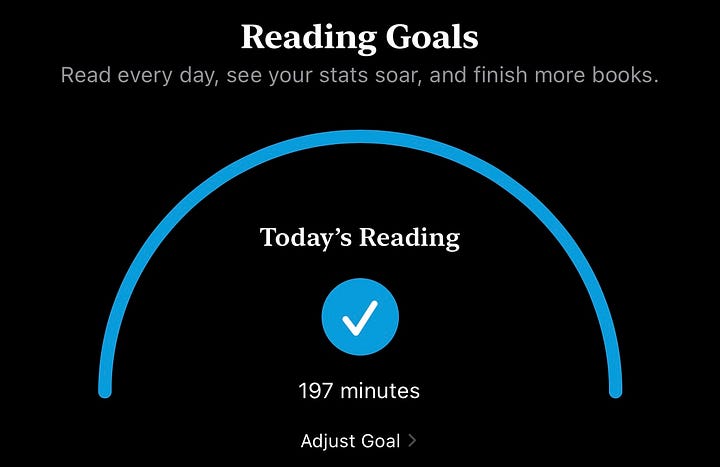
I have a book collection about sexuality from before the 1960s, books that have been languishing in obscurity because they’re outdated according to just about everyone. But, they give me a glance into what life was like unshaped by middle-men who curate what we think those eras look like.

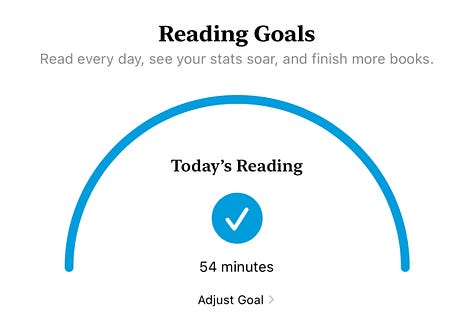
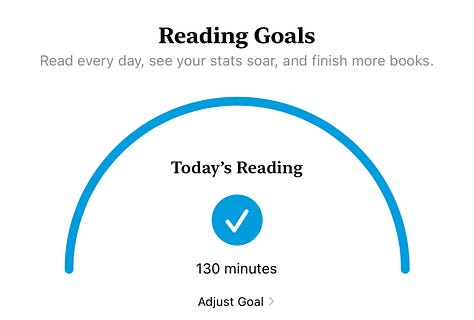
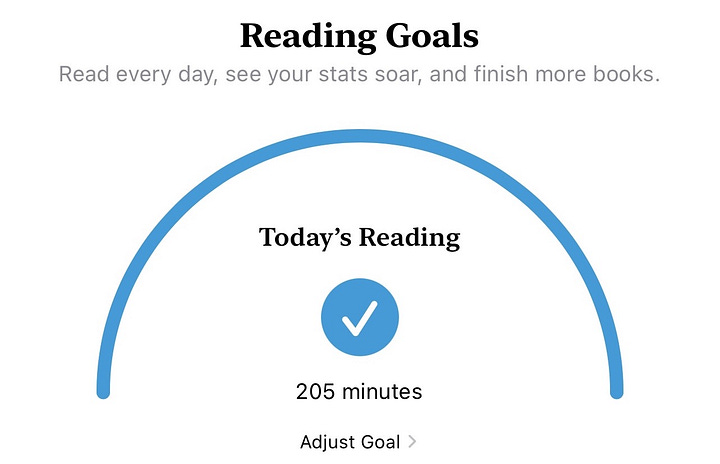
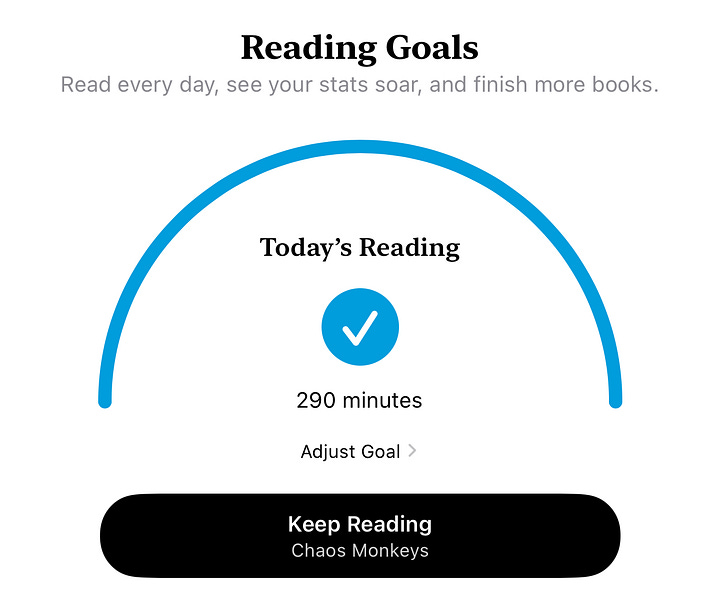
My Greek, Latin, and German are far from flawless, but they’re good enough to go to original sources so I can see exactly what historical figures were saying, if needed, without having to rely on translators, which can misrepresent an idea or events. The point is, always be looking for stuff to talk about and mention in your writing. I also read a lot online, too. 3,707 articles last year on Wikipedia.
Organization is Key
Consider getting a cross-platform highlighter app that lets you highlight passages on desktop and mobile and stores them for you in the cloud, so you have access to them.
This doesn’t even begin to touch on the wealth of science papers I’ve drawn on for The Science of Sex and other writing. I use yet another specialized app called PDF Search (free for Setapp users on Mac) that allows me to search every single PDF I have for whatever I want. This is where nothing but academic papers go.
This is essential. Especially because so many science papers’ PDF titles are just the author(s)’s name and the topics are too specific for an easy title. Pro-tip: if you’re looking for the full PDF to an academic paper, and you can’t find it, reach out to the study author. It’s basically the main reason I have an X account (besides sports).
I’ve never had a study author turn me down when asking for the PDF of their work.
As a writer, I see it as part of my job to know things and have interesting topics to write about, so I’ve built an ecosystem that allows me to do that more easily. Apps that help you collect ideas, apps that help you flesh out ideas, apps that help you organize and search for ideas, are all helpful in crafting your work.
I hope these help.
I’m not the “here’s how to make money as a writer,” guy, but I am very much the “Here’s what works for me that might give you some usable ideas that help you to create better art,” guy.
Pro-tip: I always sleep on my articles for at least one night if I can.
The longest I’ve ever taken to complete an article has been two-years of regular work, constant research and refinement, and I have one I’ve been working on occasionally since 2019. These aren’t just drafts I wrote then came back to. Some pieces are like fine art. My writing will never compare to any of these, but Michaelangelo’s David took three years, Chaucer’s Canterbury Tales took thirteen years (and was published incomplete when he died). We’ve all heard the quote attributed to Leonardo da Vinci, “A work of art is never finished, only abandoned,” as an argument that we shouldn’t be perfectionists and must know when to quit. This is the case for most of my work. But some pieces, I cherish and work on slowly in the background over very long periods of time.






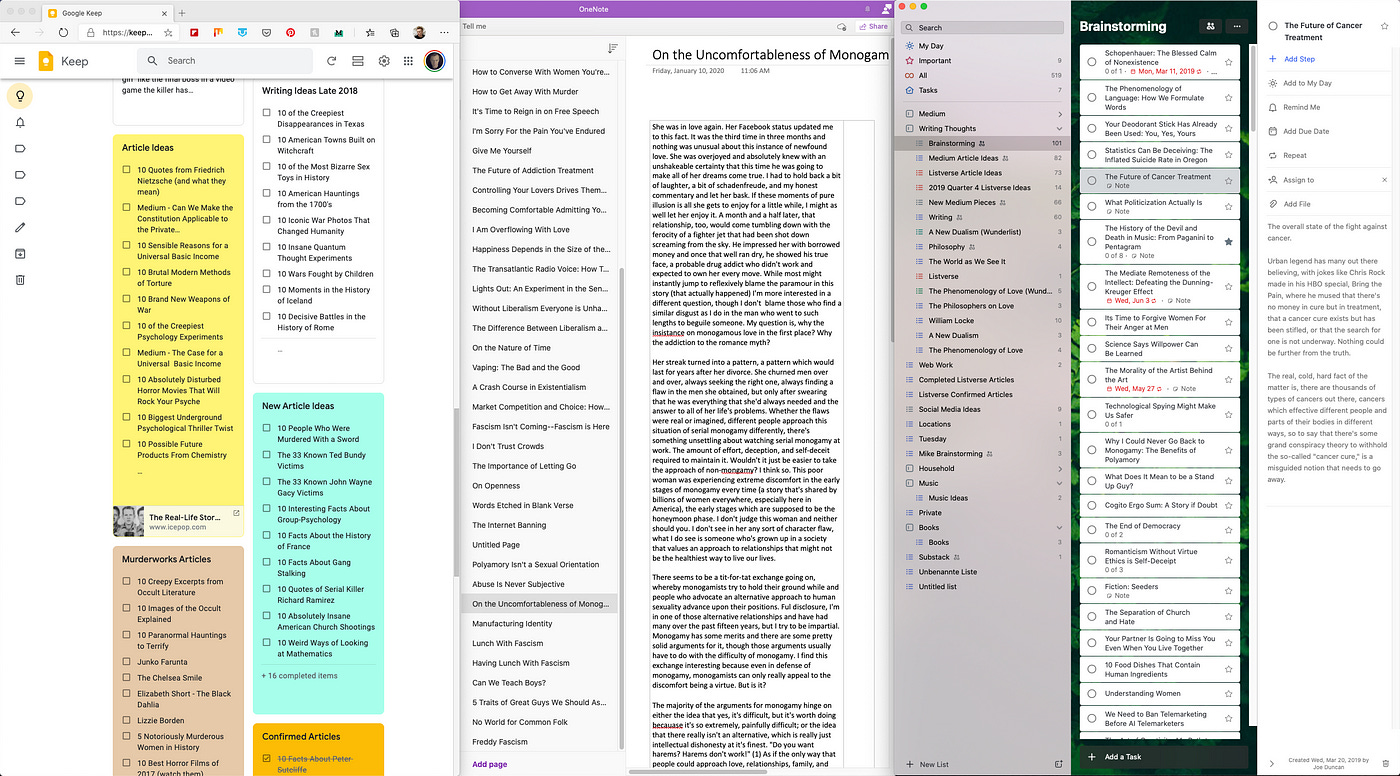
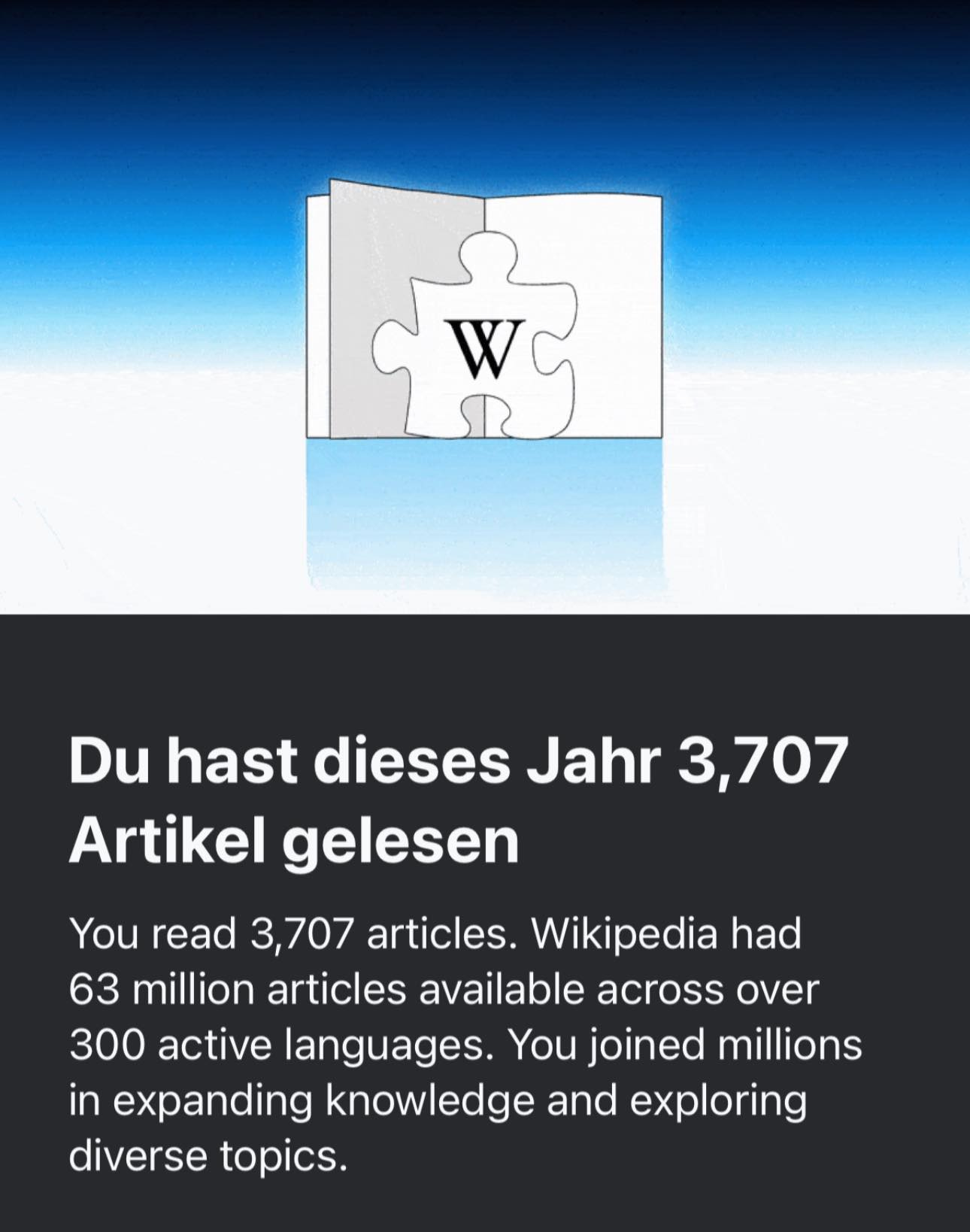

Your writing astounds me—the quality and clarity. No wonder why! Thank you for sharing your dedication to making it superlative.